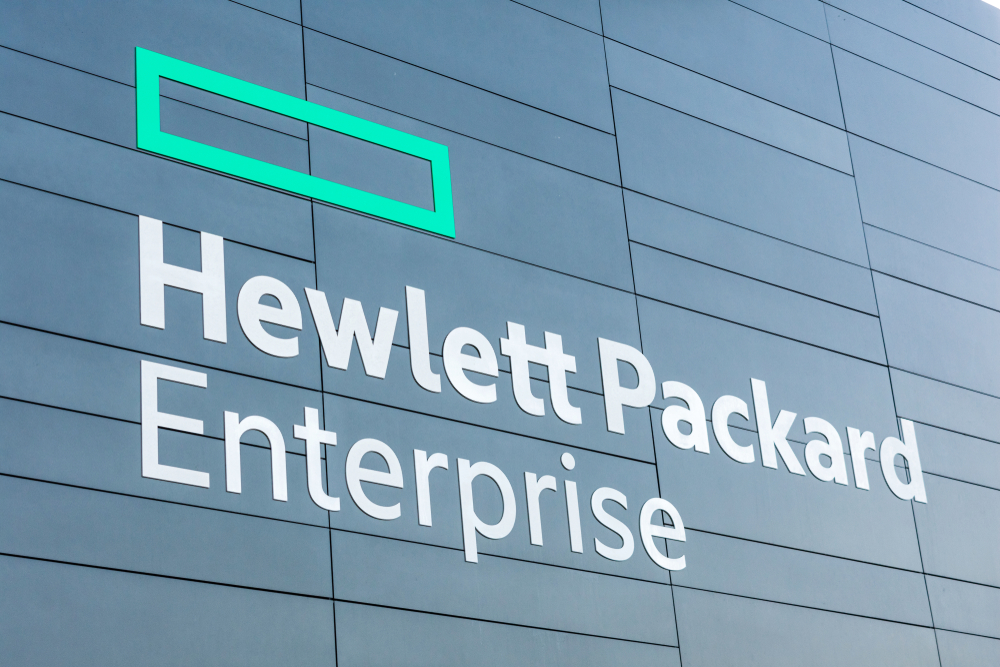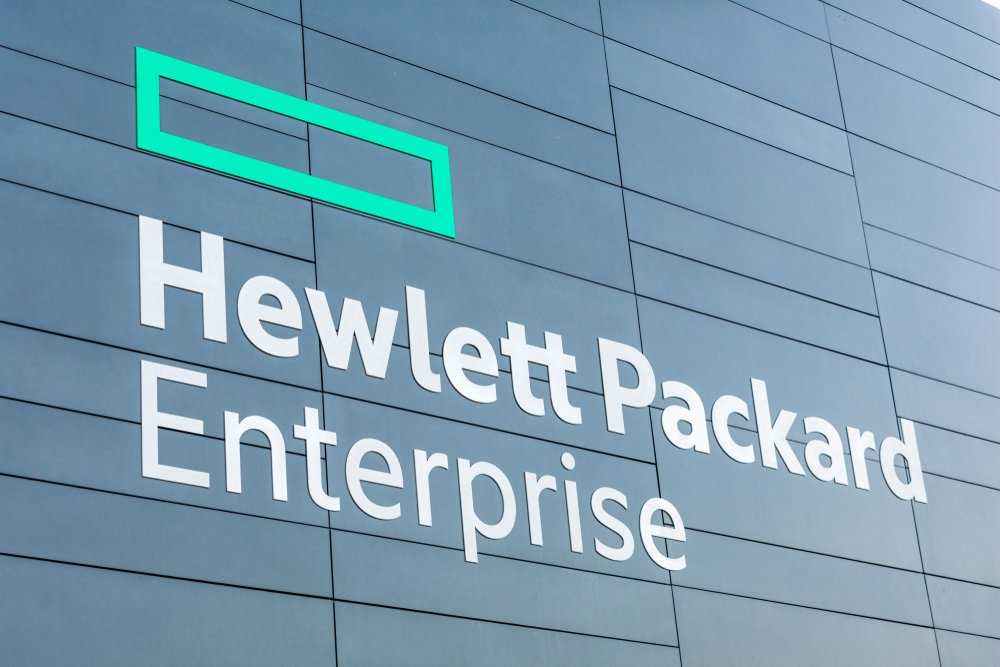The road to recovery
How the cloud is helping organisations navigate disruption

As the UK, along with the entire world, continues to deal with the somewhat surreal reality of life and business under the spectre of COVID-19, organisations are starting to think about what recovery might look like.
When confronted with immense disruption to working life, it’s technology that has kept the world functioning. Now, the tools and platforms that every organisation has had to employ to stay connected and remain productive can be built upon to create a new normal. Cloud-based infrastructure and applications, in particular, have proved invaluable during the pandemic and will be a vital part of business recovery.
One huge takeaway from recent months is that remote working is clearly viable on a wide scale and can be even more beneficial than many organisations first thought. As such, it looks like it is here to stay in some capacity. According to a study by Okta, just 24% of respondents said they’d want to return to the office full-time, and with big names such as Twitter and Facebook announcing they’ll support permanent remote working and a Gartner survey finding that 74% of CFOs are planning to adopt flexible working policies, it’s clear that many companies will support this.
The road to recovery will be one that embraces the remote working practices we’ve all had to adopt, and integrates some of the benefits into everyday operations. Here we take you through the ways cloud computing has helped keep the business world running remotely and can help your organisation navigate the new normal.
The tools that have kept us running
One of the biggest challenges in recent months has been to maintain a sense of business as usual, despite significant disruption. This has meant adapting working methods and adopting the right technologies to ensure staff can communicate effectively and work collaboratively and productively.
Cloud-based collaboration tools have been gaining popularity for some time, but the coronavirus lockdown has accelerated their uptake considerably. When the government instructed all businesses to work from home if possible, those who had tried and tested collaboration and communication tools found the transition much easier, and those who didn’t rushed to get them. According to the CEO of the video conferencing solution Zoom, the platform saw an average of 220 million daily users in March 2020, up from around 10 million in December 2019
While the rise of video conferencing has been perhaps the most visible technology uptake of the pandemic, other cloud-based communication and collaboration tools have proved invaluable. When colleagues are all working together in one office and can just pop over to each other’s desks, it’s easy to deem the latest collaboration and communication tools unnecessary expenditure. Once that human contact is removed, those tools can be the difference between maintaining business continuity and battling immense disruption and frustration.
Cloud-based messaging platforms allow colleagues to quickly and easily communicate without confusing email chains. File sharing and editing platforms enable staff to collaborate in real-time as if they are in the same room. With the new world of work likely to include a combination of remote and on-site working, it’s vital for both business continuity and employee satisfaction that your remote workers feel as connected as those in the office. And, as we emerge from lockdown, it’s a good time to assess which platforms and applications have been the most valuable and could continue to help you hit core objectives as the world recovers.
The sudden shift to remote working may also have shone a light on some of your less-efficient processes, and a huge part of recovery is learning from this period and evolving to come out stronger on the other side. This may mean investing in smarter, more flexible tools and applications. For example, cloud-based creative applications may help your creative teams work more efficiently and collaboratively without the bugbears of manual file sharing and version control, or your HR department might benefit from new tools which enable personalised and effective people management from a distance.
A safe, secure future
The other major challenge of the past few months has been maintaining top-notch security. COVID-19 is not the only virus threat right now. There has been a significant rise in cyber attacks since the start of the pandemic – including phishing scams posing as public health information, and new malware designed to take advantage of the disruption. Plus, the switch to remote working has made it much harder for organisations to monitor their employees and protect their data.
Despite the damaging financial impact of COVID-19, 68% of organisations are planning to increase their cybersecurity spend in 2020, according to research by LearnBonds. Given some of the recent headline-grabbing examples of data breaches and attacks, it’s no real surprise that companies are taking the matter seriously. While it may be an investment, the alternative is much worse – now is not the time to leave your systems vulnerable.
Cloud-based platforms can help secure your valuable data in two ways. The first is providing the watertight security measures to prevent cyber attacks, giving IT departments and business leaders the peace of mind that their security is being managed by a specialist third party across their IT estate. The second is that moving to the cloud provides crucial backup and resilience, without which damage to endpoint devices and servers could erase vital information and an attack could leave you with nothing.
A flexible, hybrid solution
By now many organisations will be operating a diverse and complex IT estate – trialling new technologies and taking advantage of a combination of applications from different providers, both on-premise and through the cloud.
This is important. Digital transformation is all about flexibility, and in unprecedented times companies need to be more agile than ever to survive. Right now, organisations will want the flexibility to enable new ways of working and ride the disruption caused by COVID-19. And, in the wake of the pandemic, they will again need to adapt to find a “new normal”, which combines the best elements of their pre-pandemic and current operations.
But a diverse IT estate can also pose challenges. In an ideal situation, organisations should closely monitor their entire digital portfolio to keep things running smoothly. IT departments need the visibility to ensure all applications are secure, compliant and performing effectively, and business leaders need to know if their technology investments are helping them achieve goals in the most efficient and cost-effective way. It’s no use investing in swathes of technology if you aren’t keeping an eye on whether it’s benefitting the business, and it’s potentially catastrophic if you’re not certain of its security.
In practice, this is a huge undertaking, and one many companies will need to enlist expert help with to manage effectively. This is where investing in a hybrid cloud solution such as HPE GreenLake could play a vital role in business continuity. Compatible with all major cloud providers, it gives organisations the flexibility to pick and choose the best digital assets and provides an intuitive platform to manage them, taking away the admin and freeing up time for organisations to focus on goals.
At its centre, HPE GreenLake provides an interactive, user-friendly portal that helps you monitor and manage your IT estate, for both on-premise and cloud applications. This is not just beneficial to business leaders looking to hit goals or IT departments wanting to ensure top security, it will provide a smoother experience for every member of staff who has to deal with different applications on a day-to-day basis.
As well as investing in transformative digital assets, organisations also want to reduce unnecessary costs. A huge benefit of a service such as HPE GreenLake is that it works on a pay-as-you-go model, allowing you to identify exactly what you need and scale up or down accordingly, rather than invest in expensive systems which may not suit your needs in six months’ time.
Ultimately, diversifying your estate should significantly enhance your business, not create more headaches. If managed correctly, a hybrid cloud solution can be the ticket to put your organisation on track for a swift post-coronavirus recovery.
Get the ITPro daily newsletter
Sign up today and you will receive a free copy of our Future Focus 2025 report - the leading guidance on AI, cybersecurity and other IT challenges as per 700+ senior executives
ITPro is a global business technology website providing the latest news, analysis, and business insight for IT decision-makers. Whether it's cyber security, cloud computing, IT infrastructure, or business strategy, we aim to equip leaders with the data they need to make informed IT investments.
For regular updates delivered to your inbox and social feeds, be sure to sign up to our daily newsletter and follow on us LinkedIn and Twitter.
-
 Bigger salaries, more burnout: Is the CISO role in crisis?
Bigger salaries, more burnout: Is the CISO role in crisis?In-depth CISOs are more stressed than ever before – but why is this and what can be done?
By Kate O'Flaherty Published
-
 Cheap cyber crime kits can be bought on the dark web for less than $25
Cheap cyber crime kits can be bought on the dark web for less than $25News Research from NordVPN shows phishing kits are now widely available on the dark web and via messaging apps like Telegram, and are often selling for less than $25.
By Emma Woollacott Published
-
 Flexible IT for agile service providers
Flexible IT for agile service providersWhitepaper Leverage consumption-based economics to create competitive advantage
By ITPro Published
-
 Automate the edge
Automate the edgeWhitepaper Extend hybrid cloud capabilities all the way to data sources and end users
By ITPro Published
-
 HPE CEO talks up ‘Age of Insight’ at Discover 2021
HPE CEO talks up ‘Age of Insight’ at Discover 2021News Transitioning away from collecting data to derive value will be key to future of business and technology, says Antonio Neri
By Jane McCallion Published
-
 GreenLake is the future of HPE, CEO claims
GreenLake is the future of HPE, CEO claimsNews The company's consumption-based business model takes centre stage at this year's HPE Discover
By Jane McCallion Published
-
 HPE expands GreenLake offerings for Microsoft Azure
HPE expands GreenLake offerings for Microsoft AzureNews The company's 'as a service' portfolio now includes greater support for hyperconverged infrastructure
By Jane McCallion Published
-
 HPE unveils storage as a service overhaul to take on edge market
HPE unveils storage as a service overhaul to take on edge marketNews The tech giant is after more edge infrastructure business with a new cloud platform and services
By Bobby Hellard Published
-
 HPE acquires cloud intelligence platform CloudPhysics
HPE acquires cloud intelligence platform CloudPhysicsNews The company has also announced the release of its new Software-Defined Opportunity Engine
By Daniel Todd Published
-
 HPE reveals text book-sized micro server
HPE reveals text book-sized micro serverNews The system provides "industry-leading" capabilities to help SMBs drive growth and digital transformation
By Daniel Todd Published
